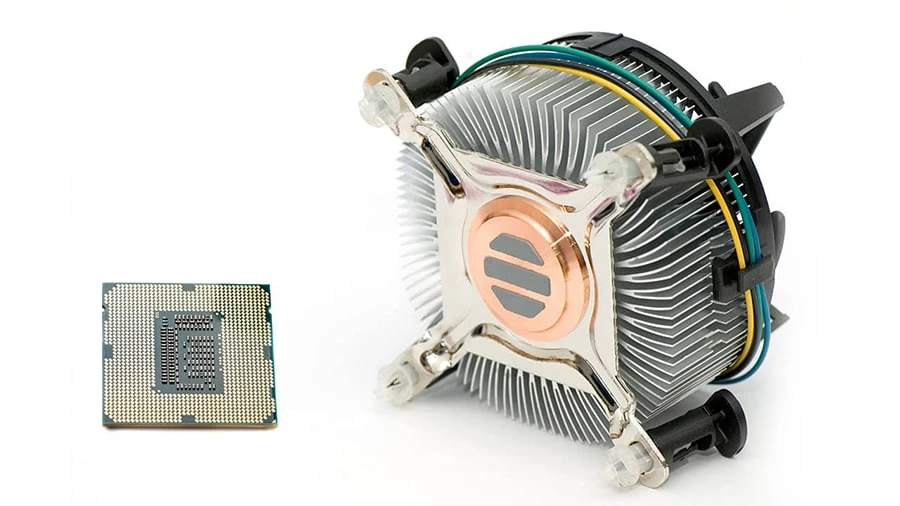When it comes to building a PC, enthusiasts often ponder whether a system looks woefully incomplete without a fancy aftermarket cooling solution. The temptation to purchase an all-in-one cooler with vibrant RGB lights is strong, especially if one plans to overclock their CPU. But the question arises: is it truly necessary to upgrade from the stock CPU cooler for those solely concerned with cooling performance?
Stock Coolers and Overclocking
Enthusiasts frequently opt for aftermarket coolers when planning to overclock their CPUs. Stock coolers, designed for stock frequencies, may struggle to handle the additional heat generated by overclocking. While modest overclocks are possible with a stock cooler, pushing beyond that threshold may lead to CPU thermal throttling—a situation where the processor slows down under load.
Factors influencing overclocking capabilities on a stock cooler include the CPU model, silicon quality, and ambient temperature. For those aiming for significant overclocks, investing in a better cooler is advisable to prevent thermal throttling.
Advanced Cooling for Thermal Headroom
The purpose of advanced cooling solutions extends beyond overclocking. They provide the CPU with more thermal headroom, allowing it to operate at higher speeds for longer durations. While stock coolers can achieve this with adequate system airflow and a suitable environment, certain scenarios may warrant an aftermarket cooler.
In situations where the PC is used in a warm room, housed in a compact case, or prone to dust accumulation, an aftermarket cooler becomes a valuable consideration. If you observe CPU frequency throttling under load, especially with CPUs like Intel's Core i7-12700, known for occasional thermal issues, an aftermarket cooler might be a worthwhile investment.
Considerations Beyond Performance
Besides thermal performance, another crucial aspect to consider is noise. Aftermarket coolers often outshine stock solutions in terms of quiet operation. Older AMD coolers, like those bundled with the FX-6300 in 2012, were notorious for becoming noisy under load. While modern stock coolers, such as AMD's Wraith series, have improved, aftermarket coolers generally offer a quieter experience.
Noise preferences are subjective, and users satisfied with the stock cooler's noise level may find it adequate. Ultimately, the decision to upgrade becomes a trial-and-error process based on personal preferences.
Extending CPU Life with Aftermarket Coolers
The question of whether an aftermarket cooler can extend the CPU's lifespan arises. In general, modern CPUs are highly reliable and can outlive many other system components. As long as users avoid extreme actions like over-volting, CPUs will typically throttle or shut down to prevent damage from excessive heat.
In summary, opting for an aftermarket cooler makes sense if you're overclocking, encountering thermal limits, or facing excessive noise from the stock cooler. However, for users content with the stock cooler's performance, sticking with the bundled solution is likely sufficient.
Conclusion
In conclusion, the decision to upgrade to an aftermarket CPU cooler depends on individual needs and preferences. While they offer improved cooling performance and reduced noise, users must weigh these benefits against their specific usage scenarios. Whether building a quiet, high-performance rig or sticking with the simplicity of a stock cooler, users have a range of options to cater to their unique PC requirements.


No comments yet